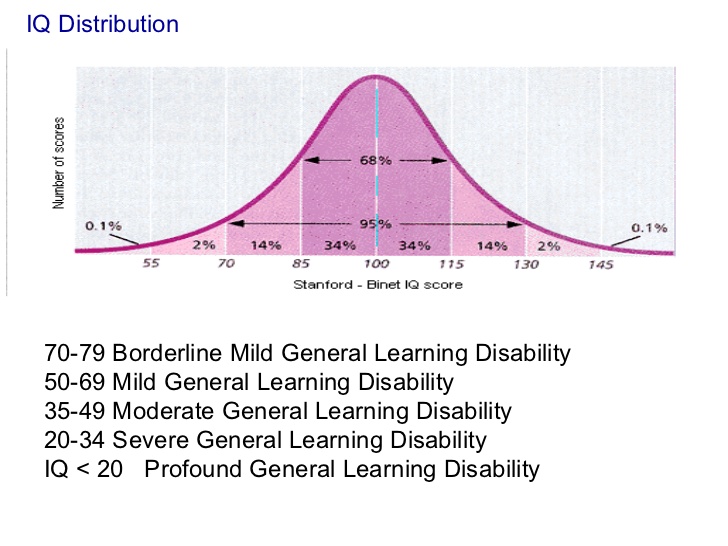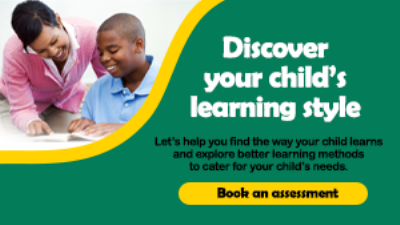
Students with Mild General Learning Difficulties (MGLD) have significantly below-average general intellectual functioning (Griffin & Shevlin 2011; NCSE 2014; Westwood 2015). This is reflected in a slow rate of maturation, reduced learning capacity and inadequate social adjustment. MGLD may also manifest itself in delayed conceptual development, difficulties in expressing ideas and feelings in words, a limited ability to abstract and generalise content learnt, limited attention-span and poor retention ability, slow speech and language development, difficulty adapting to change and an underdeveloped sense of spatial awareness (NCCA 2007). Students may experience difficulty with reading, writing and comprehension and have poor understanding of mathematical concepts (Doherty et al 2011; NCSE 2014; Reason & Boote 1994). A student with MGLD is likely to struggle with the content, process and presentation of his/her work (Ware et al 2011; Westwood 2015).
Some students may display poor adaptive, inappropriate or immature personal behaviour, low self-esteem, emotional disturbance, general clumsiness and lack of co-ordination of fine and gross motor skills (Cornish & Ross 2004). Students’ self-esteem can be affected, particularly when they enter post-primary provision, which may result in unacceptable behaviour as a way of avoiding failure (Westwood 2015; Winebrenner 2014). Insofar as Intelligence Quotient (IQ) may be used as an indicator of MGLD, such students’ cognitive functioning’s range from IQ 50 to 70 on standardised IQ tests (NCCA 2007; Winebrenner 2014). Remember that each student with a MGLD has different strengths, learning style, personality and varied interests and the same need for affirmation and success (NCSE 2014).
Strategies for Learning and Teaching
- Establish a supportive relationship with the student.
- Focus on what the student can do rather than what he/she cannot do and build on his/her strengths.
- Include praise and encouragement as part of the student’s learning and teaching experience.
- Simplify language, repeat words and clarify meanings.
- Observe the student’s learning style and differentiate teaching and learning accordingly.
- Provide the student with tasks that are within his/her capacity.
- Enable the student to experience success through identifying realistic learning objectives for each lesson.
- Ensure tasks have a clear meaning and purpose.
- Consider a multi-sensory approach to spelling that provides opportunities for the student to follow the look, copy, trace, picture, cover, write and check sequence technique.
- Utilise semantic/concept mapping to build on the student’s existing knowledge.
- Use short sequential steps when teaching.
- Build opportunities for over-learning and repetition into lessons.
- Differentiate questioning as well as teaching.
- Give the student opportunities to generalise knowledge and skills.
- Help students to realise that making mistakes is part of the learning process.
- Incorporate the student’s interests, aptitudes, experiences and skills into learning and teaching.
- Utilise active learning, participation and collaboration with peers.
- Encourage the development of life skills, personal and social skills through all aspects of the curriculum and allow for the fact that these skills may also have to be taught explicitly.
- Pay particular attention to language and communication in all areas of the curriculum.
- Useful techniques to use include skimming, scanning and highlighting key words/key facts in written pieces of information, using subject dictionaries, sequencing activities and mind-mapping.
- Use a wide range of learning resources (e.g. visual aids (charts/artifacts), concrete objects, computer software and accessible texts.
- Provide handouts/worksheets that minimise the amount of writing required.
- Offer students curricular programmes with an emphasis on pre-vocational skills.
- Provide immediate feedback and opportunities for self-assessment.
- If using ICT, students may derive benefit from assistive technology (e.g. lowercase keyboards, keyboard overlays, optical mice, voice recognition software or roller balls).
- Peripheral hardware items such as digital cameras and scanners allow the student to relate their work directly to their own experience and assist in the implementation of a language experience approach to learning.


